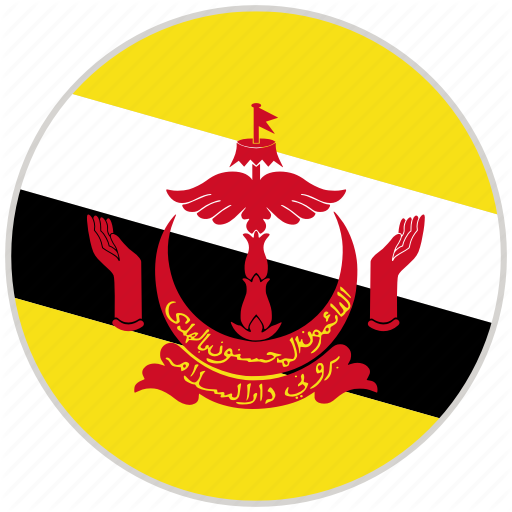The government of Laos, one of the few remaining one-party Communist states, began decentralizing control and encouraging private enterprise in 1986. The results, starting from an extremely low base, were striking - growth averaged 6% per year from 1988-2008 except during the short-lived drop caused by the Asian financial crisis that began in 1997. Despite this high growth rate, Laos remains a country with an underdeveloped infrastructure, particularly in rural areas. It has a rudimentary, but improving, road system, and limited external and internal telecommunications. China has signed a deal with the Lao to build a high speed rail system in the country. Construction on the $7 billion project is slated to begin in April 2011 and will take five years. Electricity is available in urban areas and in many rural districts. Subsistence agriculture is dominated by rice cultivation in lowland areas, accounts for about 30% of GDP and 75% of total employment. The government in FY09/10 received $586 million from international donors. Economic growth has reduced official poverty rates from 46% in 1992 to 26% in 2010. The economy has benefited from high foreign investment in hydropower, mining, and construction. Laos gained Normal Trade Relations status with the US in 2004, and is taking steps required to join the World Trade Organization, such as reforming import licensing. Related trade policy reforms will improve the business environment. On the fiscal side, Laos initiated a VAT tax system in 2010. Simplified investment procedures and expanded bank credits for small farmers and small entrepreneurs will improve Lao's economic prospects. The government appears committed to raising the country's profile among investors. The World Bank has declared that Laos's goal of graduating from the UN Development Program's list of least-developed countries by 2020 is achievable. According Laotian officials, the 7th Socio-Economic Development Plan for 2011-15 will outline efforts to achieve Millennium Development Goals. The government has characterized the next 5-year plan (NSEDP VIII, 2015-2020) as focused on achieving further progress toward graduation, while the current plan is very much focused on achieving the Millennium Development Goals (MDGs) by 2015 while also driving forward structural transformation that will lead to graduation by 2020. With its long-term vision of graduation and the integration into national plans of the structural transformation required to reach requisite graduation threshold, the Lao PDR is well placed to ensure that every effort is made to meet the thresholds in the foreseeable future, and to avoid also any potential negative impacts of graduation. Monitoring of progress towards graduation within the Plan framework could be supplemented by a series of National Human Development Reports (NHDR) starting with the one due to be published in 2014 that would then be repeated every two or three years to 2018, when the Lao PDR would expect to quality for graduation. In addition to preventing data to measure progress against the LDC indicators, special analysis of particular aspects of the criteria for, and implications of, graduation could be selected for in-depth treatment in each NHDR, especially equity and sustainability considerations.
For the full text, click here.











.png)



.png)




